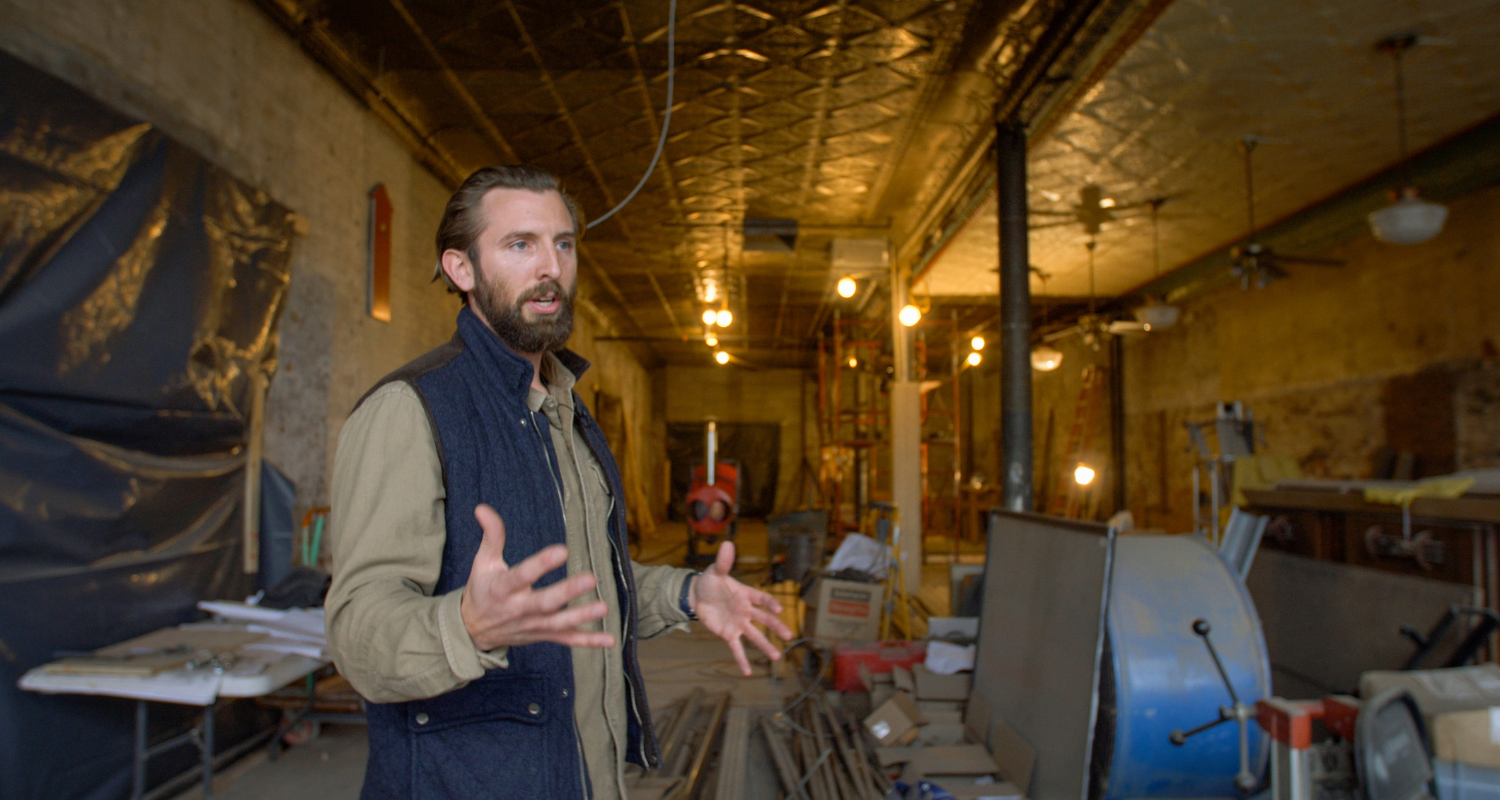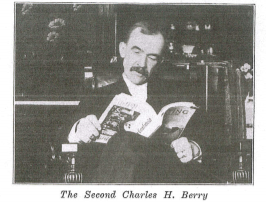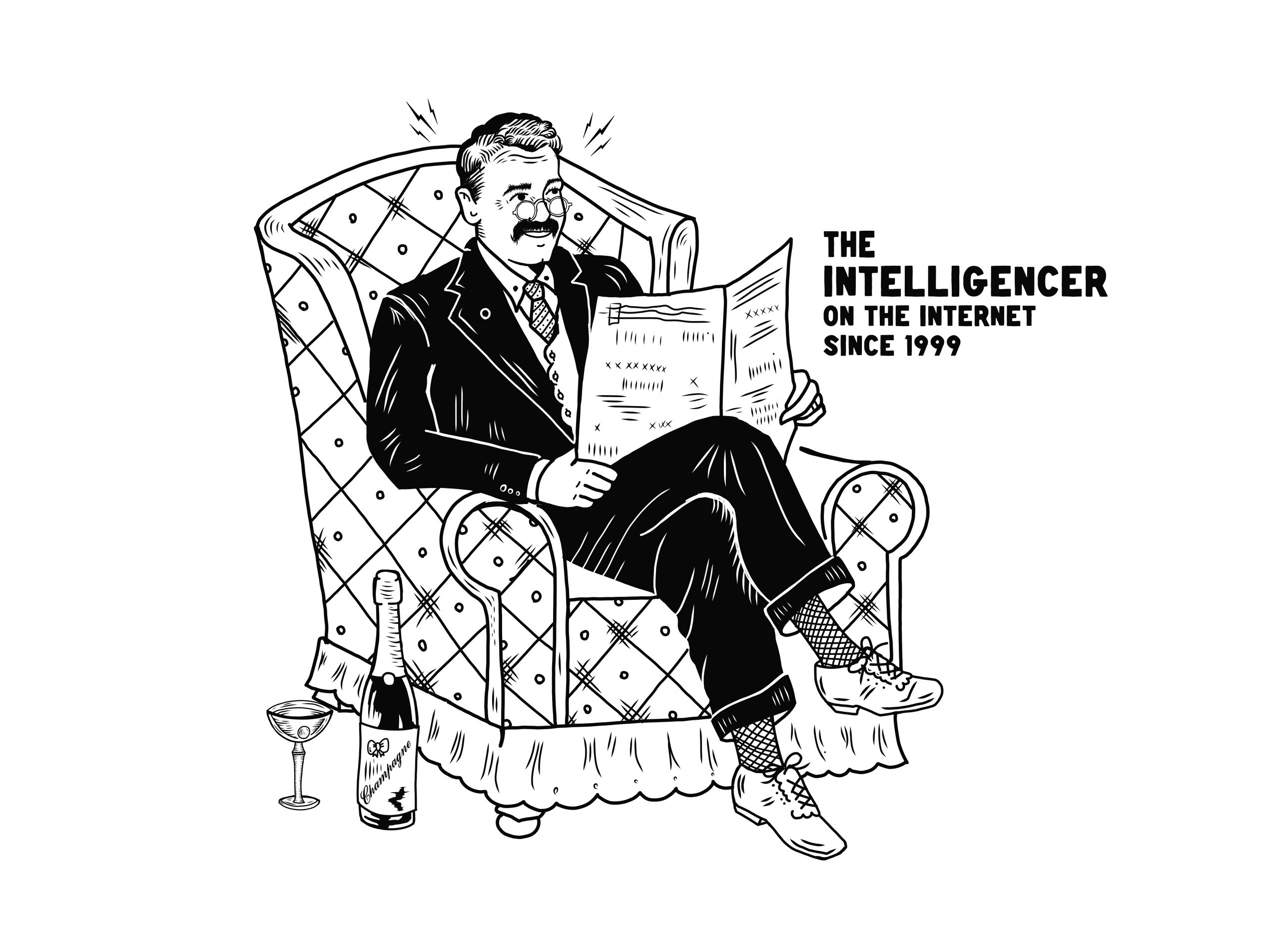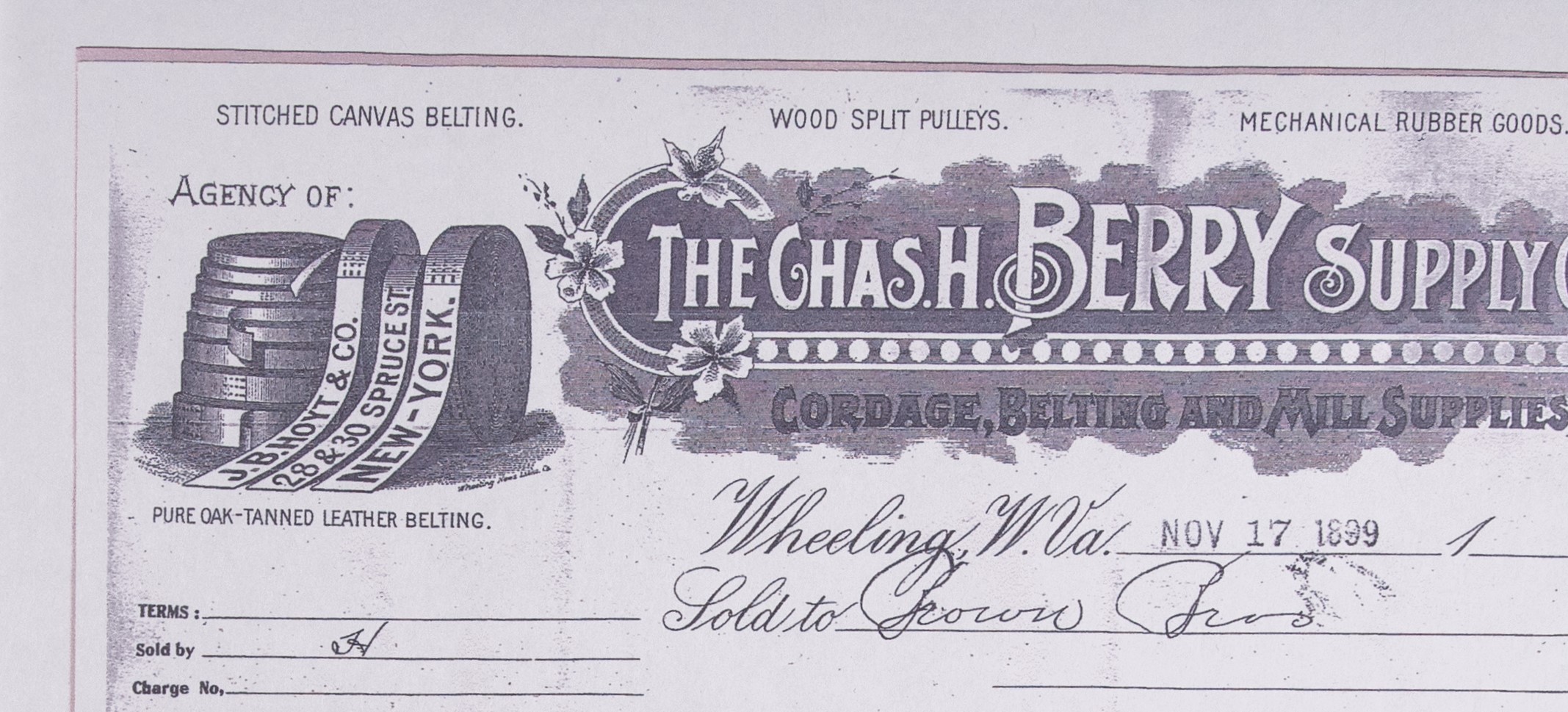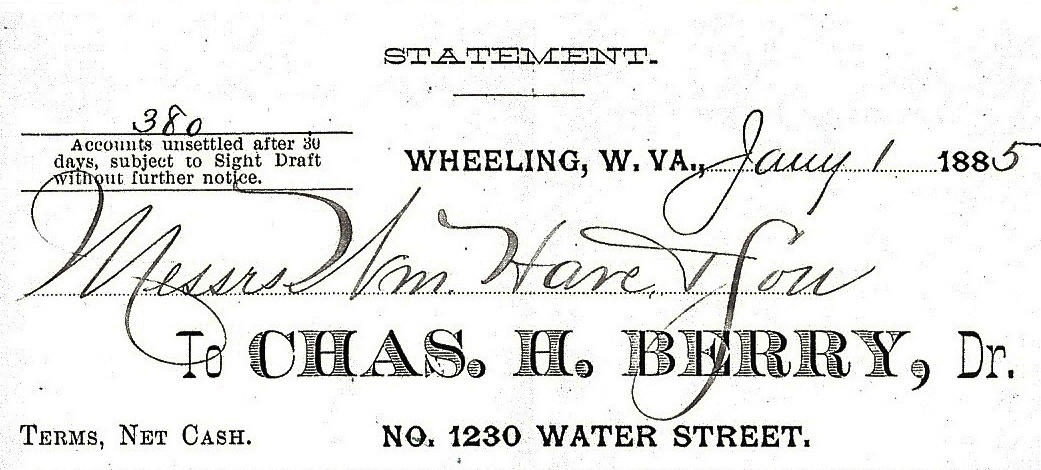The announcement of the newest mixed-use, waterfront development in Wheeling has been met with excitement. But for many lifelong residents, referring to the former Berry Supply Building by its new name, Waterfront Hall, will be a learning curve.
At the time of sale in 2018, the Berry Supply building housed Wheeling’s longest-running family business. Although this building is no longer owned and operated by the Berry family, it’s clear that the spirit of history and multigenerational business continues today under the new ownership. We sat down with the developer, Dan Milleson, to learn about how he envisions the future of this historic building.
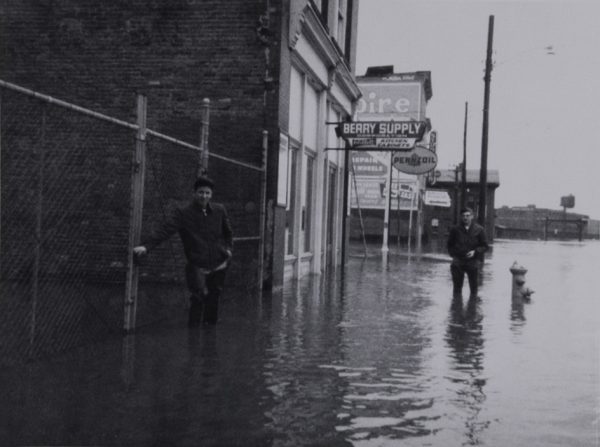
You purchased what is arguably one of the most well-known buildings in Wheeling, tell us about what the process was like and why you chose this building.
On first sight, the striking thing about the building was how perfectly positioned it was in relation to so much of our Ohio Valley culture.
I remember having that realization standing in front of the building in 2018 as I glanced over to watch a boat cruise by on the River. Looking over to the Suspension Bridge, the Fort Henry Bridge, Heritage Port, WesBanco Arena, Wheeling Island Stadium, Wheeling Island Casino, and the Victorian homes on Wheeling Island, it felt to me like it was in the center of something. Almost every Ohio Valley kid has a memory of one or more of those landmarks.
The building itself was a little difficult for me to contemplate at first because it’s 15,000 square feet, basically divided into six rooms. Everywhere you looked it felt solid, almost hulking, with walls that were 4-5 bricks wide and 25 ft. steel I-beams spanning the ceilings.
My adventurous Mother, Lori, was with me that day, along with local realtor and friend Jay Goodman. All three of us went on about the building’s possibilities. And that’s been the theme of the project really. We knew that day that it felt like the best opportunity for investment out there, so we put an offer in based solely on the damn possibilities.
In the video, you mention that you’ve also been part of a multigenerational business, tell us about that, and why you decided to pivot toward this new venture.
My family has been in the insurance business in Eastern Ohio since 1946. In 2013, I became the fourth generation of our family to own and operate it. My Dad, Rich, had faith in me from a very young age (24) to make that effort – and one of the first decisions I made was to hire my dear friend and confidant Adam Perzanowski, which remains the smartest decision I’ve made in business thus far. Adam is now the President of the agency.
The thing I will remember and treasure about my family forever is the conversations happening at the kitchen table. It has always revolved around making things better for the community – staying open to new ideas, encouraging others, and challenging oneself to think critically.
It’s obvious to me now that the kitchen table is where the spirit of the project came from – I wanted to form a new idea, I wanted to encourage others, and I wanted to challenge myself. Most importantly, I wanted it to be about community. That’s what led me to the multi-tenant concept on the first floor, providing a space where various food and beverage entrepreneurs could work together. It’s why I wanted to include the performance space for local musicians to have a place to express themselves. And it’s the reason we will have event space and short-term apartments – so that people celebrating their best days have a space that feels like home.
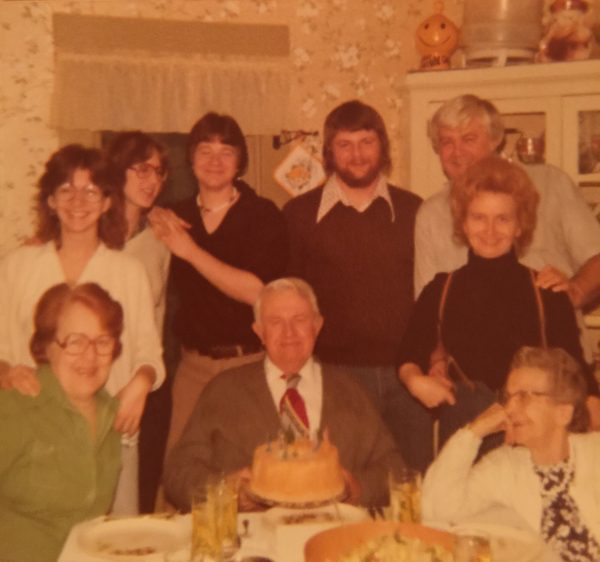
It sounds like you’ve built quite a connection with this building and its history, how does that manifest in the project?
Berry Supply started out as a ropemaking (cordage) venture when boats crowded the riverbank, then they pivoted to mill supplies and rubber goods as our US manufacturing base rose to prominence, and finally, custom kitchens and baths when the American Dream became more attainable for more people in the middle of the last century. From what I can tell, the secret is to stay agile, to keep reinventing yourself, and of course, to have offspring you can instill values in – and there lies the through-line of my family and the Berry Family and Sue Smith’s family. New iterations of the family business.
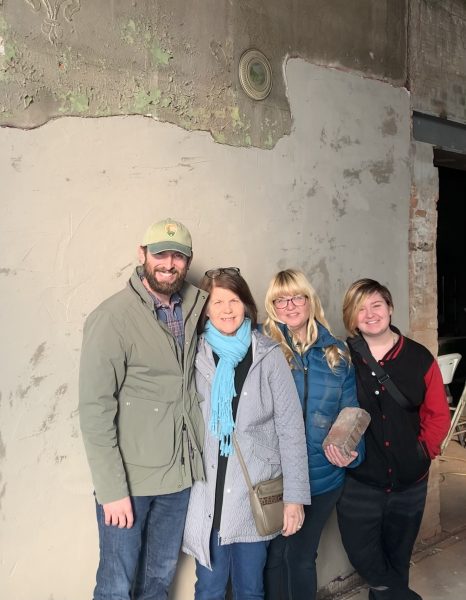
I’ve connected with Sue many times as this project has gone on – she’s been so supportive and helpful with the history of the building. She, her family, and her late husband Tom deserves all the credit for preserving the building for decades. Much of the Waterfront Hall branding has been inspired by old letterhead, images of the family, and signage from the Berry family archives and we will continue to find creative ways to demonstrate that in the future. If you add up all the iterations of Berry Supply, the effort lasted 194 years. 1824 to 2018. It’s inspiring.
If all of that didn’t already make me feel connected to this project, my Dad and I were talking the other day about prominent sandstone quarries in Freeport, Ohio where we both grew up. Those Freeport area sandstones were mined to build the towers on the Suspension Bridge in 1849. Could it be that the sandstone block foundation of the Berry Building (which is thought to predate the structure and the Civil War) came from near our family farm almost 175 years ago? We don’t know and will likely never find out, but it further intensifies the joy and meaning that this effort has brought to our lives.
Interested in learning more about Waterfront Hall? Check out waterfronthall.com to follow along and learn more.
Milleson is one of four recipients of the Wheeling Historic Revitalization Subgrant Program, which helps support downtown commercial redevelopment and catalytic urban neighborhood redevelopment projects in Wheeling. We will continue to share stories of the recipients who receive funding through this program and provide updates as progress is made. You can learn more about the Wheeling Historic Revitalization Subgrant Program by visiting wheelingheritage.org. Learn more about the latest recipients of this program by checking out this Weelunk article.
READ MORE: $375,000 Will Soon Be Invested Into These Four Historic Preservation Projects


